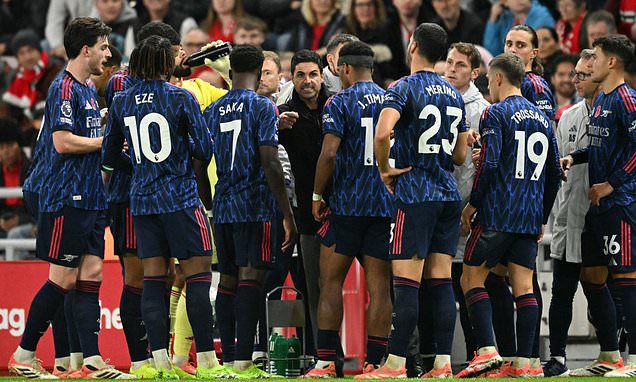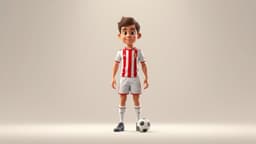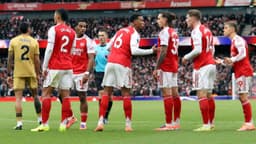Home / Sports / Arsenal's Covert AI Pursuit of Premier League Glory
Arsenal's Covert AI Pursuit of Premier League Glory
17 Nov
Summary
- Arsenal expands data science department, invests in AI infrastructure
- AI models predict injuries, optimize training, and analyze opponents
- Technology integrated across academy, recovery, and recruitment

As Arsenal continue their quest for their first Premier League title in over two decades, the club has quietly turned to a new frontier: artificial intelligence (AI) technology. Behind the scenes at their London Colney training ground, the Gunners have been building an intelligence upheaval that could redefine their future.
Over the past year, Arsenal have expanded their data science department and poured investment into cutting-edge AI infrastructure. These custom-built, AI-driven tools are now shaping everything from identifying players who fit Mikel Arteta's tactical ideals to predicting injuries before they happen.
The club's AI models ingest vast quantities of data, from GPS tracking and match statistics to biomechanical metrics and micro-movements during training. This allows Arsenal to prepare for what will happen, not simply react to what has happened – a subtle but seismic shift in their football operations.
The focus is simple but vital: keep players available. By identifying early signs of fatigue or injury risk, the AI models can flag players who may need adjusted workloads, helping the Gunners maintain consistency and rack up more points in their title pursuit.
Arsenal's embrace of AI technology extends beyond the medical department. Their machine learning tools also dissect opposition patterns in microscopic detail, providing precise, data-informed insights to the coaching staff. The club's recruitment process has also evolved, with AI models evaluating players' suitability based on nuanced traits beyond just goals and assists.
As the Premier League season reaches its climax, Arsenal's reliance on AI could prove crucial. With six key attacking players currently sidelined by injuries, the club's ability to proactively manage player workloads and identify potential issues could be the difference between success and failure.




